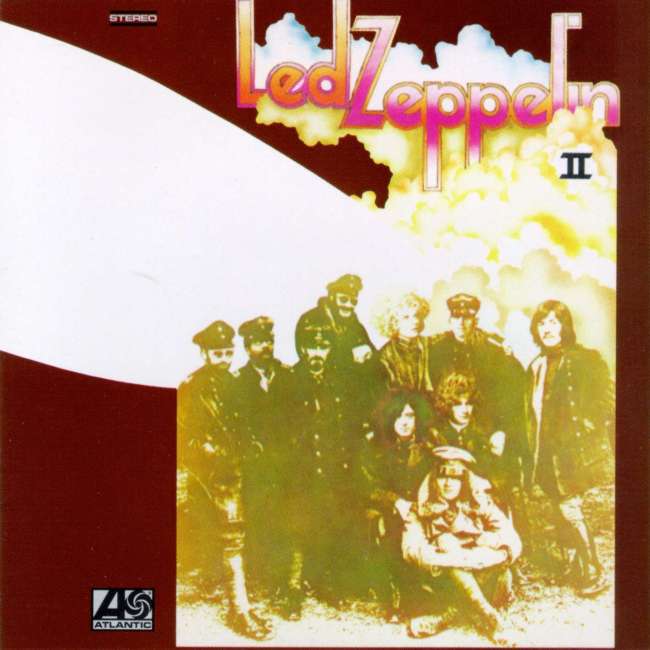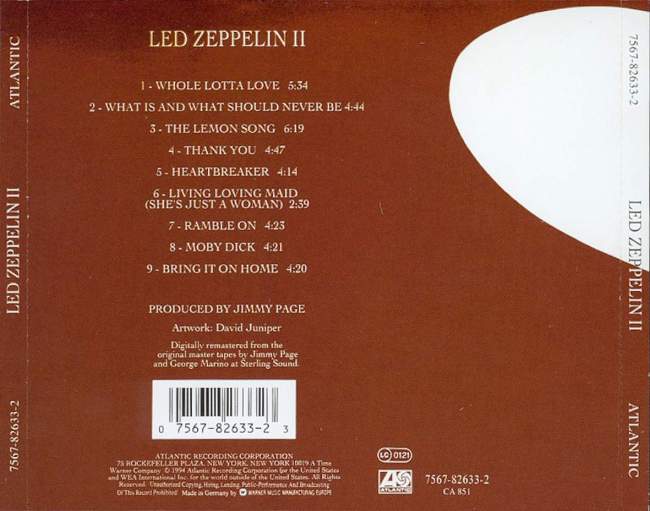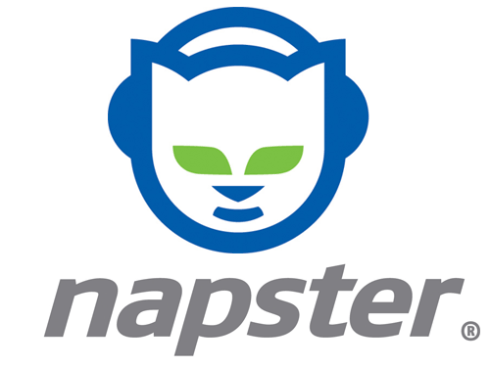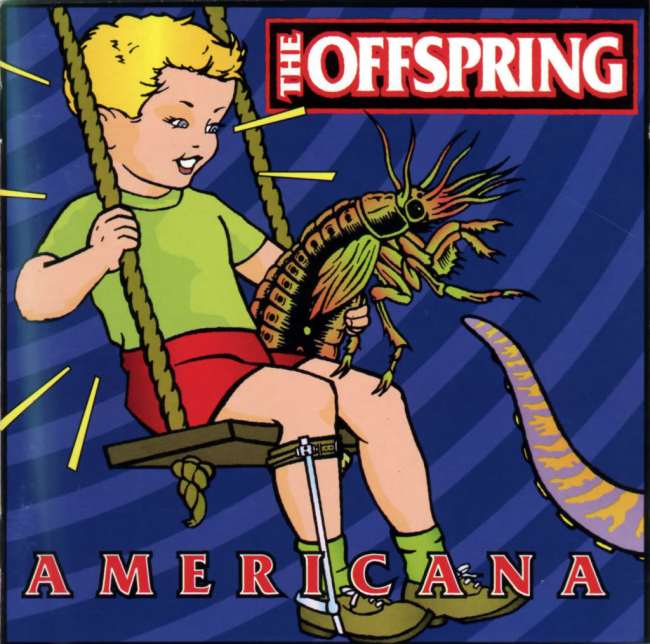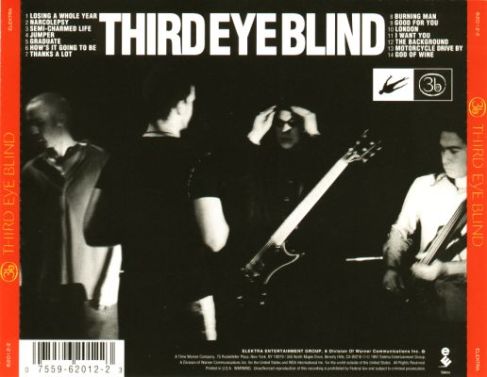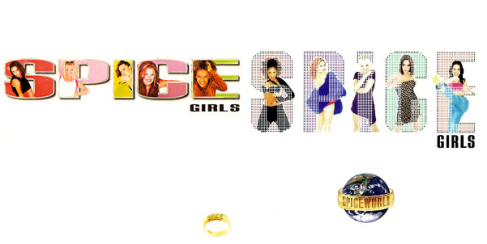Confession time: for a long time, Led Zeppelin IV just didn’t do it for me.
In the Napster days, Led Zeppelin was this name that always got tossed around as the definitive hard rock band. Knowing that “Stairway to Heaven” was their most popular song, I figured that Led Zeppelin IV was the obvious point to jump on the Led Zep bandwagon. Bad call. I went in expecting something along the lines of “Hells Bells” and ended up with songs like “Four Sticks”, and “The Battle of Evermore”. Great songs in retrospect, but at the time, I saw the album’s diversity as incoherence. Without three album’s worth of context, it just came across as an album that couldn’t decide on it’s own identity. Looking back, Led Zepplin IV is an amazing album, but at age 15, I’d decided that Led Zep just wasn’t for me.
A couple of years later, I’d finished up high school, but had no firm plans on what to do with my life. Instead of blowing a few thousand dollars on some random universty program, I made the call to do an extra year of high school. With all the advanced math and science classes under my belt, I was left with a lot of choice in that last year. Computer programming/engineering classes seemed like a safe bet, but that wouldn’t fill up an entire schedule. The time was right to get a bit more experimental with my course picks, and what high school class says free spirit more than guitar?
As much as I loved the idea of learning how to actually play the music I enjoyed, I did have some reservations. Namely, my complete lack of musical talent. Seriously, it was pretty bad.
In grade 5, my class was given the task of learning how to play the recorder. The instrument itself wasn’t all that intimidating, but reading sheet music turned out to be extremely difficult for me. After learning the first 3-note song, I was completely lost, and way behind the rest of the class. The rest of the year was spent sitting as low as possible at my desk, in an attempt to obscure my hands from the teacher’s view. From there, I’d pantomime what the other kids were doing, and pretend to blow into that stress-inducing, wannabe flute. Whenever the time came for a test, I’d transcribe the notes into a system of numbers that fit with my finger placement, and fumble through the song. After all that, I walked away with a solid “B” mark, and a healthy sense of anxiety whenever the thought of performing music popped into my head.
Fortunately, guitar class worked out much better because I ended up with an amazing teacher. He wasn’t nessecarily Ynngwie Malmsteen, but he had a real passion for his job, and patience to spare. The sound of twenty teens mangling “Sweet City Woman” never seemed to fase him one bit, and he knew we could only get better. Afterall, the spirit of rock was chaos, and we had that in spades. Best of all, by getting rid of sheet music, the barrier for entry was tossed right out the window. With guitar tabs, and transcribed chords I had a fighting chance at this whole music thing.
Throughout that year, I gained a new appreciation for dozens of artists. The Beatles, The Who, Bowie, Hendrix, Kansas….even Led Zeppelin. Songs like “Moby Dick”, and “Bring it on Home” sounded like I’d always imagined Led Zeppelin should sound. The main riffs weren’t overly complicated, but still had the ability to make you look, sound, and feel like a legit rock star if you could pull them off. As it turns out, all of the “new” Led Zeppelin songs that I was discovering came from the same album….Led Zeppelin II. Their second album, and their second chance at winning me over.
I picked up the album on my next trip to MusicWorld, and thankfully, I wasn’t let down in the slightest. While a bit less diverse than their fourth album, Led Zeppelin II delivered on that promise of being the definitive hard rock experience from intro to outro. This was the legendary Led Zeppelin that I’d heard so much about, and it was the exact album that I’d been looking for.
From beginning to end, Led Zeppelin II had that sense of cohesion I didn’t get from their fourth record. Track sequencing probably had a lot to do with this. Jimmy Page did an incredible job of creating the perfect flow to keep you engaged the entire time. Kicking things off with “Whole Lotta Love”, then calming things down for an intermission of sorts with “Thank You”, before jumping into the second act with “Heartbreaker”.
To close out the whole show, there’s “Bring it on Home”. Beginning with a slow, heavily distorted blues intro, “Bring it on Home” suddenly explodes with life around the 1:40 mark. The band keeps that frenetic pace going for the rest of the song, before returning to the slow blues riff for the outro. It’s the perfect track to end the album with, and gives Led Zeppelin II an excellent mix of climax, and closure in the confines of a single song.
Needless to say, after Led Zeppelin II, I was finally sold on Led Zeppelin. Over the next few years, I’d pick up their other records, and with the context of Led Zeppelin II, I was much more open to the blues-heavy Led Zep I, the acoustic/folk-influence of Led Zep III, as well as the later albums that threw most genre conventions out the window. Without giving Led Zeppelin that second chance, I would’ve completely missed out on “The Rain Song”, and that’s just not a world that I’d want to live in.

